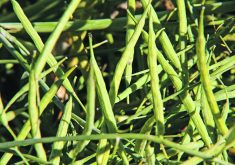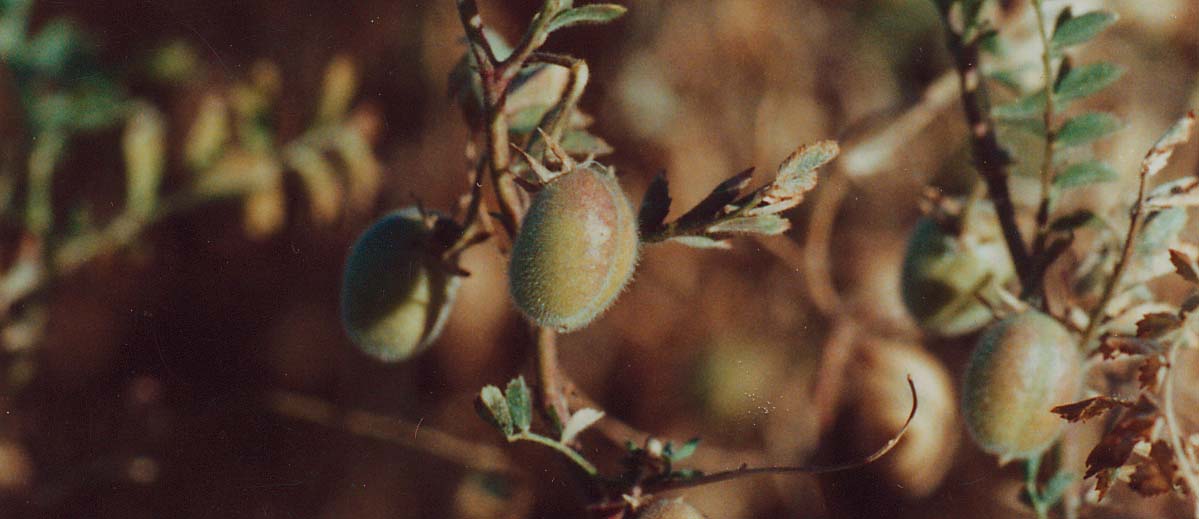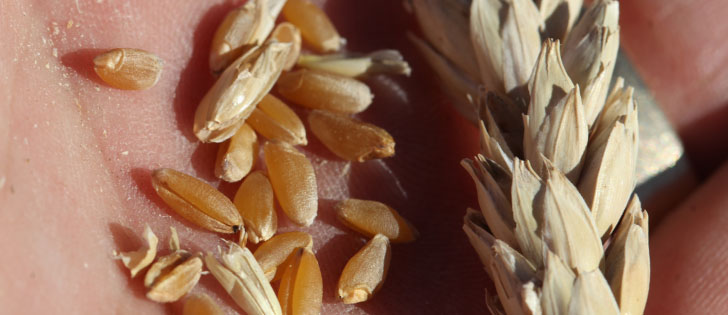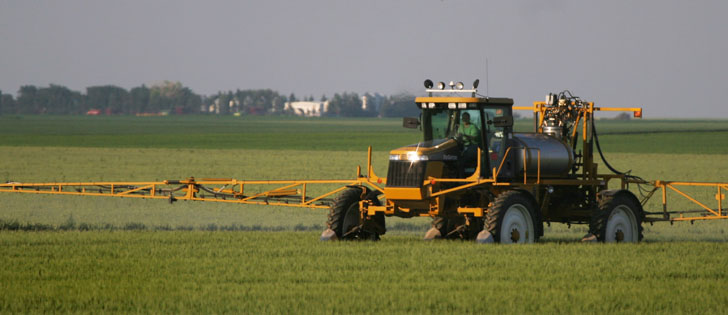A year after being at the centre of a political fire storm, the Canadian Wheat Board’s contingency fund has resumed its previous anonymity.
The fund ended 2008-09 with a net surplus of $3.4 million, according to the board’s annual Report to Producers released last week.
That’s a big turnaround from the previous year, when the fund ended 2007-08 with a $28.9 million deficit, after incurring a loss of $89.5 million during the year.
That prompted critics of the board, including CWB minister Gerry Ritz, to attack the board’s risk management strategy, marketing practices and financial management abilities.
Read Also
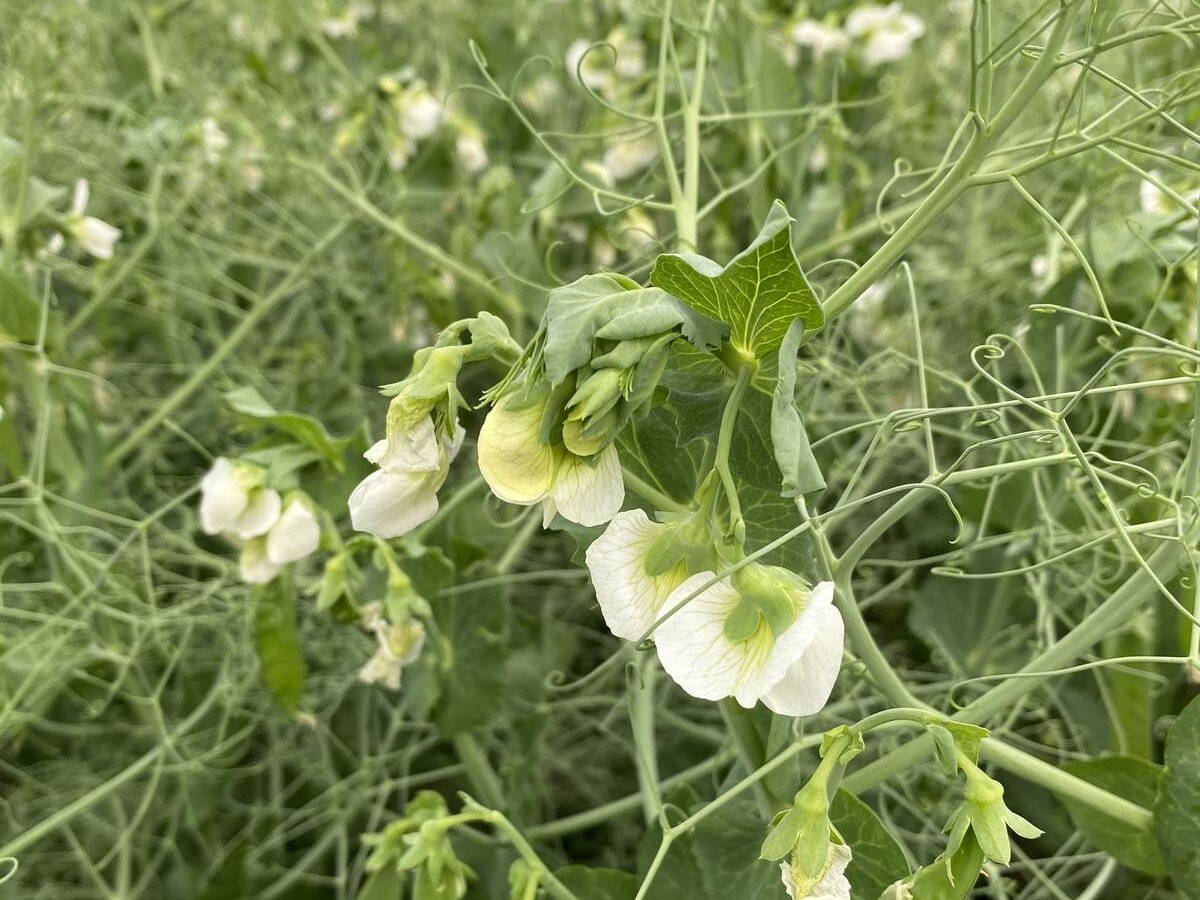
India slaps 30 per cent import duty on yellow peas
India has imposed a 30 per cent duty on yellow pea imports with a bill of lading date on or after Nov. 1, 2025.
They demanded an outside review of the agency’s operations, with some calling for the federal auditor-general to get involved.
Those critics have been silent on this year’s results, and a spokesperson for Ritz said the minister would reserve comment until the board releases its full annual report, which is expected to be tabled in Parliament soon.
The contingency fund is designed to underwrite operations of the board’s producer payment option (PPO) programs and cash trading activities.
In the crop year ended July 31, 2009, the fund earned $30.6 million in net surplus generated by PPOs, $2.1 million from cash trading revenues and $1.4 million interest earnings from feed barley pool accounts. There was also an interest expense of $1.8 million.
In the wake of the 2007-08 deficit, the board transferred $18 million of non-sales revenue from the pool accounts into the contingency fund. That money was repaid in full in 2008-09.
Brita Chell, the CWB’s chief financial officer, said two factors accounted for the turnaround in the fund.
- A new risk management strategy that was implemented last year proved to be effective
- Grain markets returned to normal, producing favourable results throughout the year on basis levels associated with the PPOs
“I can’t guarantee we’ll never have a deficit again, but we’ve tested that new risk management strategy in various scenarios and had it confirmed by a third party,” said Chell.
She added the contingency fund can be expected to go up and down as markets change.
“There is quite a bit of volatility to the fund because some of the risks the programs face can’t be hedged,” she said. “We try to manage that and anticipate that volatility as much as we can, but the market does unexpected things to you sometimes.”
Wheat board numbers
The Canadian Wheat Board’s annual Report to Producers included the following:
- Prairie farmers earned $7.1 billion from sales of wheat, durum and barley in 2008-09. That’s second only to the previous year’s $7.2 billion
- Per bushel returns were also the second highest ever, at $8.47 for wheat, $10.30 for durum and $6.84 for pooled malting barley (all figures prior to deductions for freight and handling)
- The board earned $7.4 million in net despatch for prompt delivery of grain to export vessels
- The marketing agency says it earned premiums over competitors in world markets averaging $6.65 a tonne for wheat, $15.37 for durum and $14.65 for malting barley.


